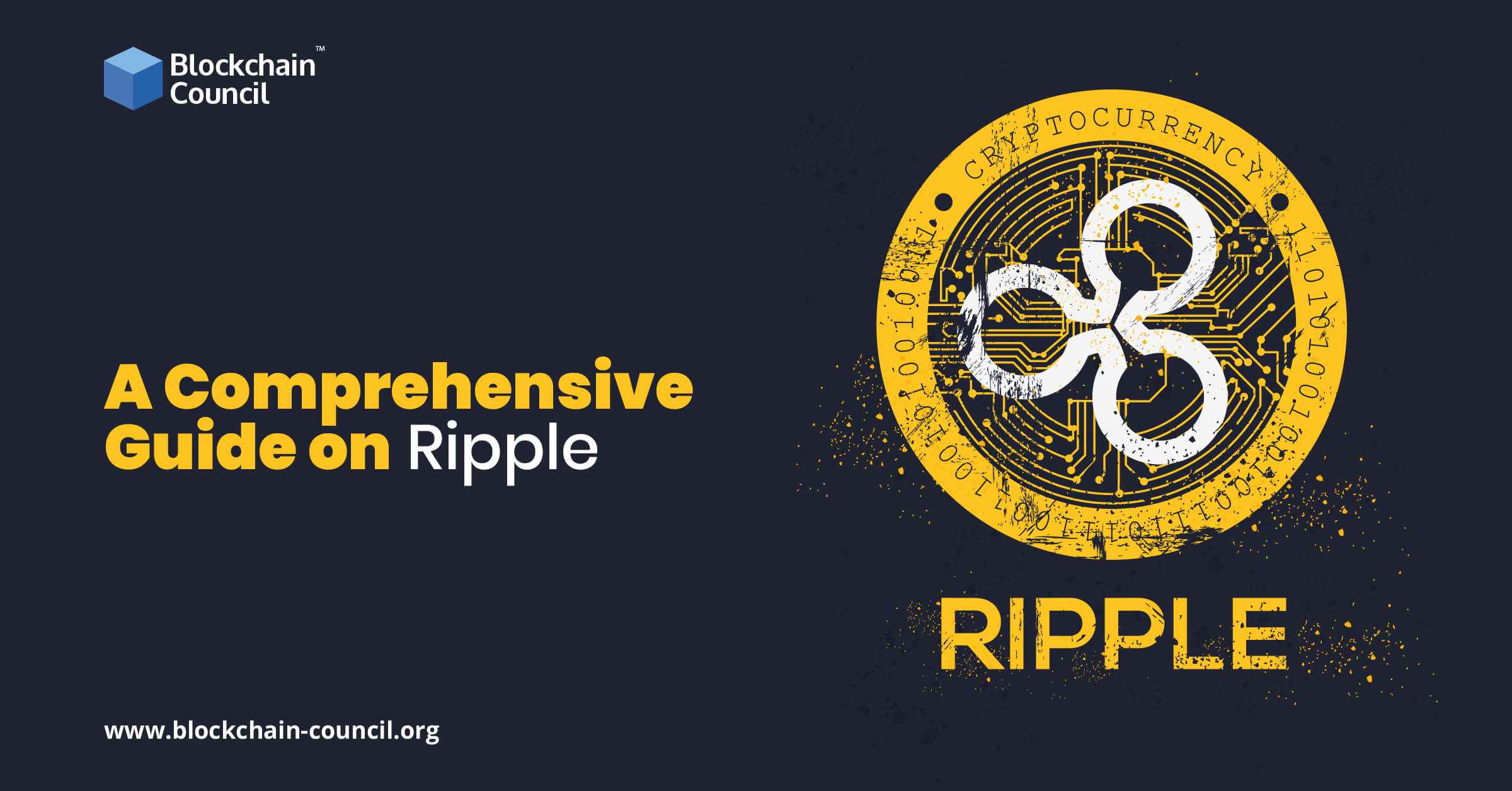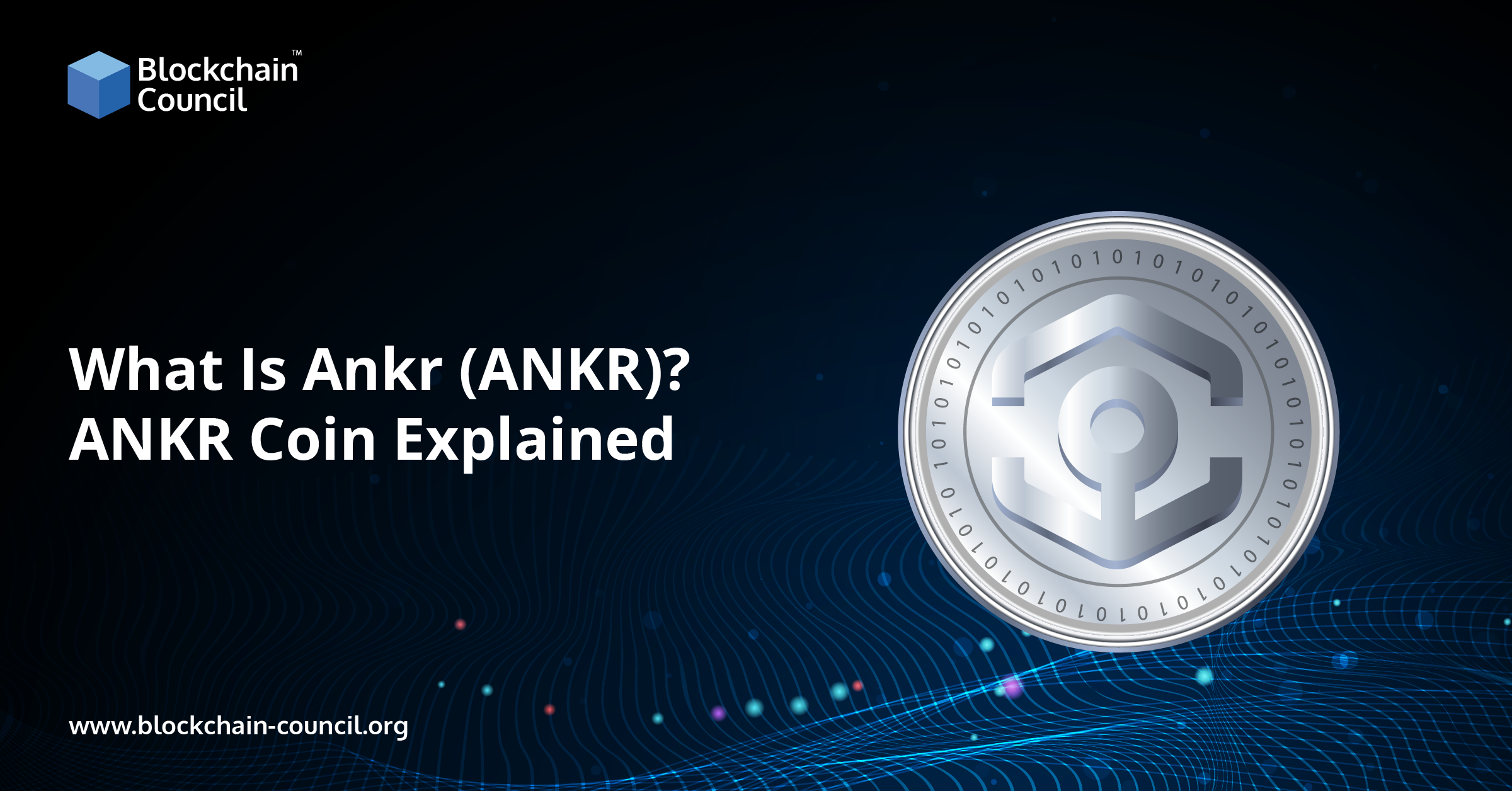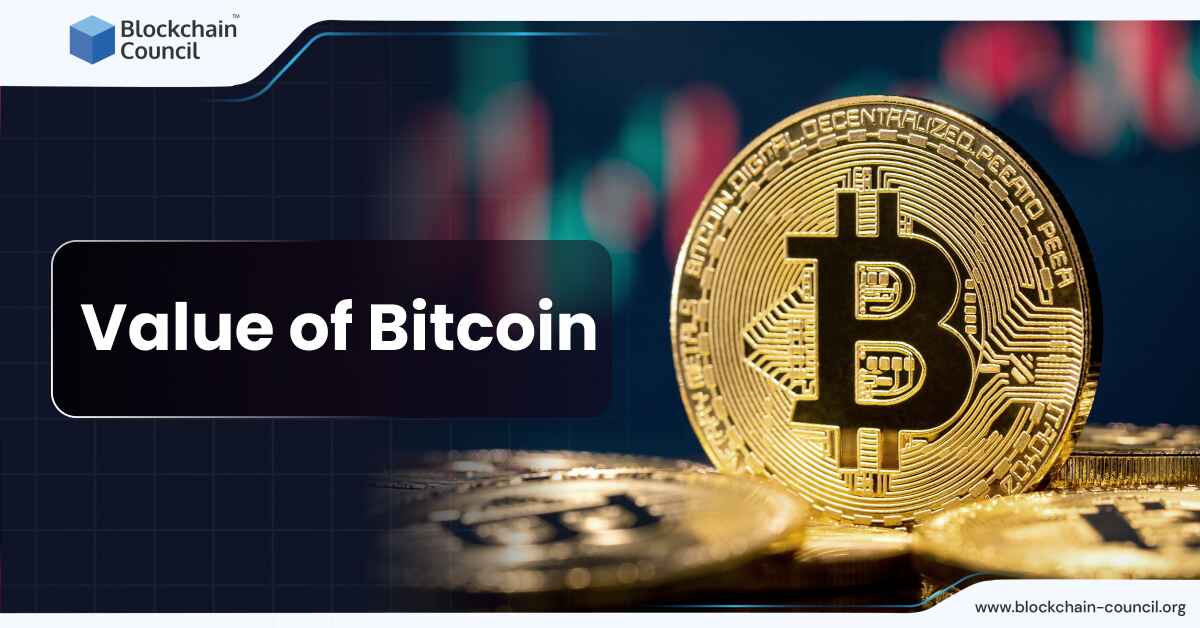
- Anshika Bhalla
- October 18, 2021

With a real-time gross settlement system plus currency exchange, Ripple is best known for its ability to provide an efficient global payment platform to everyone. It is built on the distributed open-source protocol enabling developers and executives to build real-time payments. Ripple is an XRP is a native token of Ripple producing great economic opportunity and a better payment experience. It resolves the low speed and transparency issue occurring in traditional international payments systems. Ripple blockchain is highly contributing to the financial sector and benefiting business executives and blockchain professional.
This article provides a comprehensive guide on Ripple protocol, explaining how it works and its uses.
Table of Contents
- Introduction to Ripple
- Detailing the Ripple Protocol
- What is Ripple Used for?
- Concluding Lines
Introduction to Ripple
Founded in 2012, Ripple Labs is the software company developing the distributed ledger technology and XRP cryptocurrency, which is the sixth-ranked crypto by market capitalization. In other words, we can say that it is a decentralized payment system for streamlined cross-border settlement for financial institutions. In Ripple protocol, nodes can take three roles: users (who make/receive payments), market makers (also known as trade enablers), and validating servers that execute Ripple’s consensus protocol to check and validate all transactions. Unlike traditional transactions, Ripple users are provided with a public/private key pair. So, whenever a user sends a payment to the other user, it cryptographically signs the transfer of fee denominated in XRP or using any other cryptocurrency.
Detailing the Ripple Protocol
As we have gained a basic understanding of what Ripple is all about, let’s dig deeper and explore how this technology works.
Ripple’s Ledger
Ripple is based on Blockchain technology that maintains a distributed ledger, which helps keep track of all the previous transactions that have ever taken place. These distributed ledgers are generated and updated every few seconds and include a list of transactions on which most validating servers have agreed. Consensus protocol governed by Ripple achieves this mechanism.
A distributed ledger is responsible for maintaining information such as a set of transactions, account-related information, a timestamp, a ledger number, and a status bit, which indicates if the ledger is validated or not. If in case the ledger is not validated, the ledger is assumed to be open.
Consensus and Validating Servers
Unlike other cryptocurrencies, Ripple doesn’t have a blockchain. Instead, it has its own patented technology known as the Ripple protocol consensus algorithm (RPCA).
There are validating servers and each server verifies the suggested changes to the last ledger. Changes settled by at least 50% of servers are bundled into a new request and are submitted to all servers. This process is repeated with the vote requirements increasing to higher percentages. After this, the server validates the modifications and alerts the network of the last ledger’s closure. Any transaction performed but did not appear in the ledger is dropped and can be considered invalid.
A list of trusted servers called ‘Unique Node List,’ also known as UNL, is maintained by each validating server, and servers trust only the votes provided by other servers stored in their UNL.
List of Ripple’s Transactions
- AccountSet: For setting options on an account.
- AccountDelete: For deleting an account
- CheckCancel: Cancel a check.
- CheckCash: Redeem a check.
- CheckCreate: Create a check.
- DepositPreauth: Preauthorizes an account to send payments to this one.
- EscrowCancel: Reclaim escrowed XRP.
- EscrowCreate: Create an escrowed XRP payment.
- EscrowFinish: Deliver escrowed XRP to a receiver.
- OfferCancel: Withdraw a currency-exchange order.
- OfferCreate: Submit an order to exchange currency.
- Payment: Send funds
- PaymentChannelClaim: Claim money from a payment channel.
- PaymentChannelCreate: Open a new payment channel.
- PaymentChannelFund: Add more XRP to a payment channel.
- SetRegularKey: Add, remove, or modify an account’s regular key pair:
- SignerListSet: Add, remove, or modify an account’s multi-signing list.
- TrustSet: Add or modify a trust line.
What is Ripple Used for?
When compared to other blockchain-based technologies, Ripple offers various other benefits in terms of low commission currency exchange, Fast and cheaper international transactions.
For instance, there are several currencies that can’t be converted to each other directly, and banks have to use the US dollar as a medium. But unlike USD, Ripple is a much cheaper mediator. Apart from this, Ripple facilitates faster international transactions, like just 4 seconds, compared to regular banking systems. It was initially designed as a day-to-day payment system, and therefore it is much faster, cheaper, and safer than Bitcoin. Another benefit of using Ripple is exchanging it for any currency or valuable with a minimal unified commission.
One of the best-used cases of ripple is to transfer money. Ripple has partnered with different financial institutions and provided its services across the border for achieving the best results. It is used for making foreign money transfer. Many banks and other financial institutions use RippleNet to achieve faster transactions at a low cost.
What is RippleNet?
RippleNet is a decentralized network that offers connectivity of different financial institutions worldwide using a single API. It makes the transaction fast, inexpensive, and reliable for the customers.
RippleNet offers:
- Decentralized Infrastructure
- Modernized Messaging
- Liquidity Solutions
Concluding Lines
Several banks, including American Express, Bank of America Santander, Axis Bank, Yes Bank, Westpac, Union Credit, and many others, support Ripple. But most of them are in the testing stage, and the few who transact money do not use the token but the platform. This indicates that banks are not that into Ripple. Also, when it comes to investment, there are top reasons that suggest why we should consider Ripple for investment purposes. For instance, the Ripple protocol uses consensus ledgers to perform transactions, which leads to less work for processors, lesser restrictions with the design, and a steady transaction time. Another reason in favor of Ripple is that, unlike Proof-of-Consensus (PoW), Ripple’s validation system XRPL uses an anti-robustness system that improves security and authenticity.
To get instant updates about Blockchain Technology and learn more about online Blockchain Certification, check out Blockchain Council.


































































 Guides
Guides News
News Blockchain
Blockchain Cryptocurrency
& Digital Assets
Cryptocurrency
& Digital Assets Web3
Web3 Metaverse & NFTs
Metaverse & NFTs
